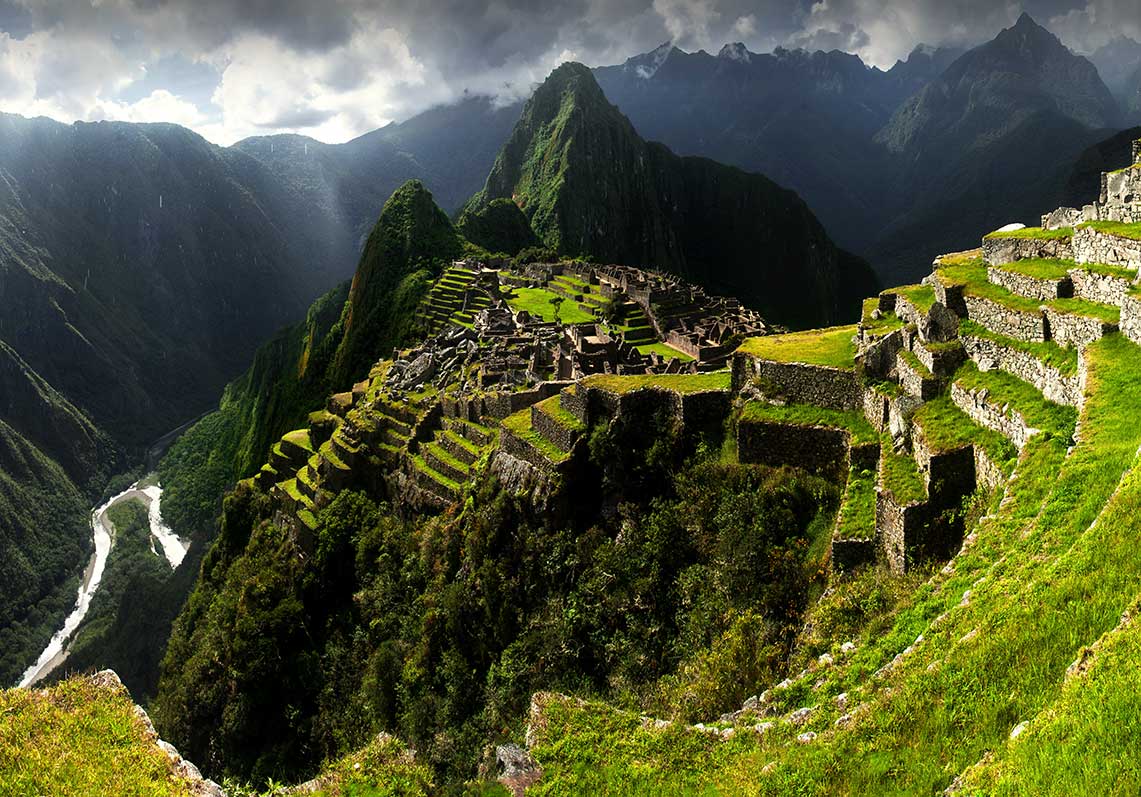In his book,Mescaline: A Global History of the First Psychedelic, Mike Jay describes a visit to Peru in which he purchased cultivated San Pedro before slicing and boiling the stems on a rooftop terrace in Lima.
The brew was unpleasant—thick like mucous and difficult to keep down—but the resulting experience was intense, with “paradoxical physical sensations” triggering feelings of relaxation with restlessness and euphoria with fever. As the experience intensified, it became clear why some people feel like they have been transported to the realms of the divine while others retire to their sickbeds.
It’s an experience that echoes countless other anecdotal reports, and one that harks back to the roots of this plant medicine, which is thought to have been used as part of ritual practices for thousands of years.
Scientifically speaking, we know a lot more about San Pedro—and mescaline, its constituent compound—than our ancestors, but we can still learn from their practices and teachings. In many ways, psychedelic practitioners experience a juxtaposition of their own, as their work combines the scientific and psychological with the spiritual and traditional. It’s a paradox in itself, but it’s one that can produce profound effects and guide life-changing experiences.
What is San Pedro?
Echinopsis pachanoi, more commonly known as San Pedro, is a common cactus that grows along the Andes mountains and thrives in colder temperatures. It contains the psychedelic compound mescaline in concentrations of up to 4.7% by dry weight, as well as other phenethylamines known to have psychedelic properties. (1) (2)
San Pedro is a popular alternative to peyote, which also contains mescaline, and as peyote is classed as a “vulnerable” species on the verge of extinction, San Pedro may be a more sustainable and sourceable option.
Despite containing similar compounds, San Pedro and peyote are distinct species, with Mike Jay noting that peyote is “about as different from San Pedro as a cactus can be”. (3)
The Spiritual Roots of San Pedro
Mescaline cacti have been used in spiritual practices for thousands of years. In Pharmako Gnosis, Dale Pendell talks about the discovery of peyote in caves around Coahuila, Mexico, dating back to 8,500 BCE. Peyote button specimens used by Native North American tribes have been carbon-dated to as early as 3780 BCE, while San Pedro is thought to have been used as early as 3,000 years ago. (4)
We can’t say for certain whether or not the history of this plant medicine goes as far back as 10,000 years, but evidence suggests that humans have been sitting with mescaline-containing cacti for at least a couple of thousand years.
San Pedro has played an important role in the traditional medicinal practices of Andean cultures for millennia, and it is just as important today as it was before the arrival of European colonizers and the resulting suppression of traditional healing practices. (5)
Healers then and now often use this plant medicine in combination with other native plants to enhance/prolong the effects. Over the centuries, the local pharmacopeia has changed considerably. Many of the plants used back then may not be available today, and modern healers often turn to additives like Jimsonweed and tobacco.
The Importance of Set and Setting in Mescaline Journeys
We have discussed the concept of “set and setting” at length at Third Wave, including in this forum post, and episode 54 of The Psychedelic Podcast. It’s an integral part of every psychedelic experience, including San Pedro.
Learn more about Set, Setting, and Safety: Creating Optimal Conditions for Psychedelic Experiences.
Combining the Ancient and the Modern as a Psychedelic Practitioner
In Pharmako Gnosis, Dale Pendell describes “bad trips” in the context of spiritual practices, writing that healers would often dismiss them as a result of incorrect procedure or the unwillingness of the individual to cast off their negative experiences. If you hold a certain plant or concoction in high esteem and believe it to be connected to a deeper spiritual meaning, it’s hard to justify negative and even traumatic experiences, so such experiences were attributed to the individual and not the substance.
Interestingly, the ways that ancient healers resolved those issues aren’t too dissimilar from how a modern psychedelic practitioner would approach the situation. Ancient healers emphasized the importance of spiritual rites, much like a practitioner highlights the need for optimal “set and setting” (mindset and environment). They also encouraged the individual to open up about their experiences, expel negative thoughts, and voice any difficult emotions or thoughts residing deep within.
Psychedelic practitioners take a similar approach by supporting the individual, helping them through those difficult and scary experiences, and shifting them toward a more positive mindset.
Preparation is everything, and it can set the tone for the integration stage that follows.
If you want to learn more about psychedelic medicines and how to help clients integrate experiences with San Pedro or mescaline, check out the Practitioner Certification Program.





